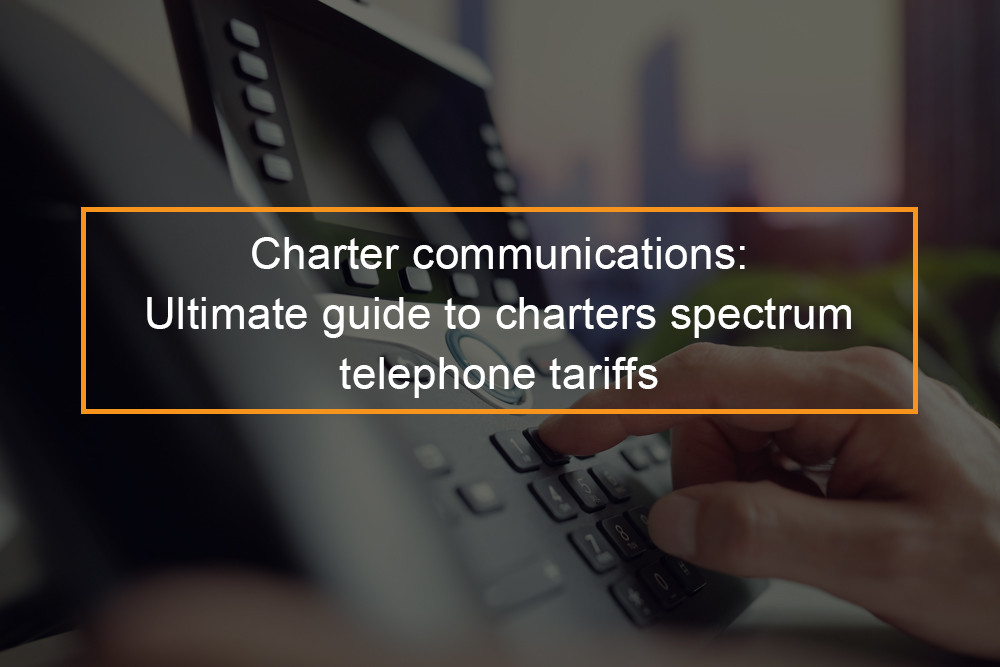Effective Ways To Reduce Repeats Calls In Contact Center

How To Lessen And Improve Repeat Calls
Absolutely, every customer wants customers to be served by customer service representatives who can give them the most effective solution within the shortest time for their queries and issues.If agents delay customers too long or fail to provide a complete answer to them, they will most likely will call back with more frustration than they did before.
Repeat callers can be annoyed and are more likely to voice their anger when they interact with an agent from a call center and this can lead to affecting the productivity of call centers and causing retention issues and customer churn. In this article, you’ll learn how do call center improve repeated calls and the benefits it brings to their customers and their agents.
Table of Contents
How Do Call Centers Improve Repeat Calls?

How Do Call Centers Improve Repeat Calls? What can call centers do to improve call quality for repeat customers? Repeat callers are annoyed and are more likely to express their anger when they finally get connected to an agent. This anger quickly turns into an obstacle that can harm call center efficiency, which leads to retention and customer churn issues, and reduces the morale of call center employees.
In order to keep your call center operating smoothly (and your agents and callers satisfied) You must cut down on the number of repeat and abandoned calls you get. Below are the top efficient methods you can employ to achieve this:
- Implement a virtual queue and callback option.
- Develop stronger first contact resolution (FCR) practices.
- Build out a comprehensive self-support directory.
Who Are Repeat Callers In The Call Center?
Repeat calls occur when clients repeatedly contact customer service with the same issue that did not get solved at the initial time that they called.Of course the definition differs based on the person you talk to. For instance, some people consider any phone call from the same person within a particular time period to be a repeated call, whereas others consider it to be a repeat call when it’s related to the same problem.
In general, when people call customer support typically, they are looking for a response to their query or resolution to their problem.They want someone to solve the issue right away and don’t wish to return to similar problem.Repeat calls are a sign of poor customer service in an organization because they are a reflection of those agents in the call center who aren’t properly equipped.
This also means that customers, or repeat callers are not satisfied with the customer service since they took longer than they expected to get the assistance they needed. According to some studies nearly 32 percent of all calls that call centers receive are repeat calls on average. The number of repeated calls differs based on the type of business, areas of expertise, as well as the nature of the customer service. The average number of repeat callers is 3.4 times per 30 days. Repeat callers speak to the agents in call centers at minimum 3.16 times per month, which is about once per week!
What Is Repeat Call Analysis?

Repeat Call Analysis identifies the causes of repeated calls for customer support. When conducting this research contact centers will answer some of the most fundamental concerns, such as:
- Are they because of unsolved problems?
- Are these calls because of multiple problems?
- Are they for checking the status of an order repeatedly?
Answering these questions can help to determine the source of repeated calls. This assists call center managers to determine the cause and address it at its base.
Ways to reduce repeat calls in call center
-
Use callback to cut out repeat callers. The Connecticut Department of Labor (CTDOL) had to deal with this in a dramatic way as the Covid-19 pandemic first struck in the year 2020. In a matter of hours, their cases increased by 500% and their 80-person staff began receiving 26,000 calls a day. To keep the company afloat, CTDOL introduced Callback to manage the huge call volume. After a week of letting customers schedule an appointment instead of waiting for a hold, they cut down 60% of repeat calls, taking their call volume from 26,000 to 11,000 calls a day. When customers can request calls back–whether with the next representative available, as well as at a future date or time, it achieves two goals:
- Changes the perception of customers about waiting time, thereby reducing the amount of customer anger and frustration directed at your representatives.
- Callback technology monitors their phone number, and blocks the possibility of scheduling another callback, ensuring an uncluttered queue, as well as precise callback wait times as well as forecasting.
- Provide the correct answer the first time with better FCR practices. Your representatives must answer any concerns or questions of a customer in the first attempt or else they risk making the call later and more angry than they were prior to. According to a Microsoft report, one third of customers believe that solving their problem within a single call is the most important element of good customer service. The improvement in FCR can also bring other advantages. For every 1 percent increase of FCR you will reduce your call center’s operating costs by 1 percent while increasing satisfaction of your employees and customers scores.
Strategies to improve FCR include: Surface customer details to the agent Use a digital experience tracking platform and CRM tie-in with agent desktops so they can see valuable customer information before the call. Improve call routing Avoid general support queues and use your IVR menu options to route callers to the department or agents that can correctly address their issue the first time. Train and monitor agents. Cross-train your agents to handle more than one specific type of call or customer. Are your agents trained on how to deal with problematic or angry customers? Knowing how to handle different personalities and customer mindsets can help improve FCR. Record and deliver customer context and intent to the agent When your agents know who they’re talking to, why they’ve called, and where they’ve already been in their support journey, it tees up the agent for a productive and efficient call. - Connect customers to the right agents. One of the best ways to stop repeated calls is to direct customers to the correct agent to ensure that they get quick and efficient responses to their questions. It’s possible when software for the contact center is equipped with the proper tools, such as Custom IVR that handles the large number of calls from customers efficiently by allowing them to connect with the appropriate department and the right agent. The use of skill-based routing is useful in this situation where teams can be designed on the basis of different criteria. Then, customers can be directed to the correct department. The smart routing system reduces the number of escalations after initial call resolution.
- Identify the reasons for repeated calls. The reason for repeated calls stems from a problem that agents are unable to resolve. It is crucial that callers identify the reason for which customers keep calling for help. This can be resolved through a specific training program for agents. When agents are aware of the needs of customers they are able to provide immediate assistance, which will further cut the number of calls from customers.
-
Solve untold concerns of the customers. There could be instances that customers call your contact center not with a specific problem, but for multiple. Your call center agents should take note of not only complaints, but also unspoken problems. For call agents who have been hearing complaints for long periods of time you will be able to identify even the most obscure problems with customers. A greater focus on each customer will prevent them from making repeated calls.
- Create a knowledge center. Knowledge centers are the central point on your server that call agents can search for, and share policies. In addition to providing training for agents, they must have access to an array of information, where there is potential to resolve customer issues and sharing the information with colleagues. Knowledge centers allow agents to share training and information with team members as well as agents. The more simple it is to find the data the less stress they’ll feel. This will enable them to assist customers in a timely manner instead of hurrying them off the phone.
- Analyze Calls to Determine Repeat-Call Triggers and Improve Training. Active feedback processes may be initiated within the company to get feedback from customers and then store it within the system. Other data could be collected with markers that indicate the direction of the resolution request and later analysed to determine the exact reason for each phone call. Based on this analysis the possibility of making adjustments to the process of training that can help agents handle resolution requests faster and more efficiently. It can also be utilized to improve questions and answers in a service and even the first customer briefing. Speech analytics assist call centers in figuring out the most common complaints, and customer service representatives can look at ways to reduce the effects of these.
- Education Regarding Cause and Effect of Repeat Calls. In general, it’s been observed that employees generally want to be a component of the team. They take on the role with the expectation to meet the expectations of offering world-class customer service. The training for new employees required during the hiring process must be a part of the training program to educate employees about the causes of repeated calls, what the reason generally is, as revealed by the data, and then the costs associated with not providing a an accurate and timely solution, thus putting the system at risk of having to handle many more calls from unhappy customers. This is an important step to cut down on the frequency of calls to the call center.
- Robust and Effective Last-Agent Routing Systems. Customers are frequently asked to contact them back in case they don’t get the information they need. For instance, a customer might call several times to renew or extend the warranty of a product until it’s granted, or an older person is able to answer such a question and communicate to the caller. Last-agent routing reroutes customers to the person who dealt with their call. This aids in the perfect customer experience.
- Improving Agent Skills. Customers are often prompted to contact them back in case they don’t get the response they desire. For instance, a client might call several times to extend or restore the warranty on a particular product until it is granted, or someone with the experience to deal with such questions and communicate to the caller. Last-agent routing reroutes customers to the person who dealt with their call. This aids in the perfect customer experience.
- Providing Self-Service Options to Customers. Customers can rely on enough information to address their problems through various options for opting-in and mechanisms.Ensuring that they have the information and abilities to keep track of the status of their requests and update at any time they feel appropriate and removing companies from the burden.This procedure also prevents customers from contacting customer service for any minor problem they could resolve.Voice Bots or Smart IVRs are a few options for getting an excellent degree of self-service within call centers.
- Post-Call Surveys. Conducting and managing post-call surveys can go a great way to reducing the number of repeat calls to the contact centre.Post-call surveys are carried out with specific KPIs in mind, not just the call center staff or agent, but also the entire organization. It focuses primarily on the former.By conducting these surveys, businesses can identify areas of improvement and, if required, contact clients via the preferred channel to address any issues that remain.
-
Managing Customer Expectations. Customers often call customer service departments with incredibly high expectations for the support team! They become annoyed and upset when they don’t receive the assistance they anticipate.Agents should be well-informed of their responsibilities and the limitations of their abilities to offer support as well as what a client is able to reasonably expect from a support call.Customers must be aware about what they can expect to happen when they call to reduce the chance of repeat calls.
Final Thoughts
Customers aren’t the only ones to feel the impact of repeated or unanswered calls. Agents in call centers also require the ability to buffer the anger of a customer. The first and most efficient way to cut down on the number of calls to the call center is to help customers efficiently and quickly. This article covered everything you have to know about how to notify agents at call centers about repeat calls, and also how to combat repeated callers effectively.
Frequently Asked Question
How Do You Calculate Repeat Call Rate?
How do you calculate the Repeat Customer Rate? To determine the Repeat Customer Rate you simply need to divide the amount customers returning in the number of customers, then multiply it by 100, converting to the percentage.









